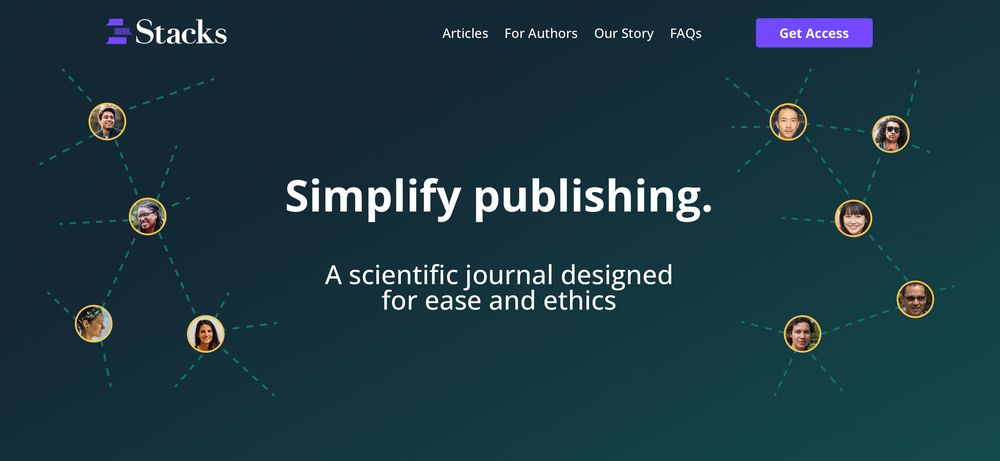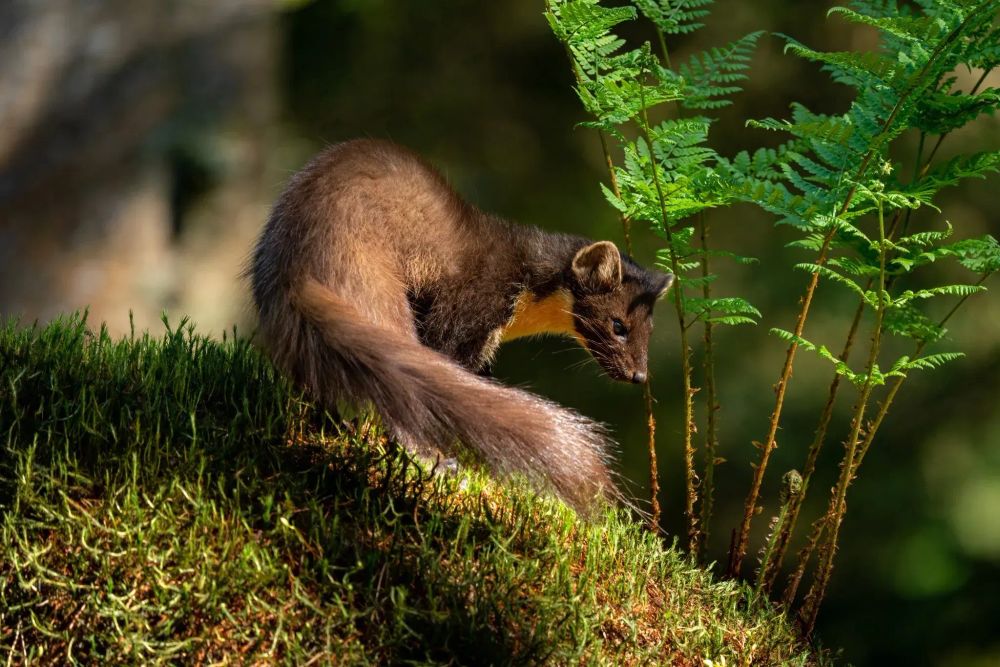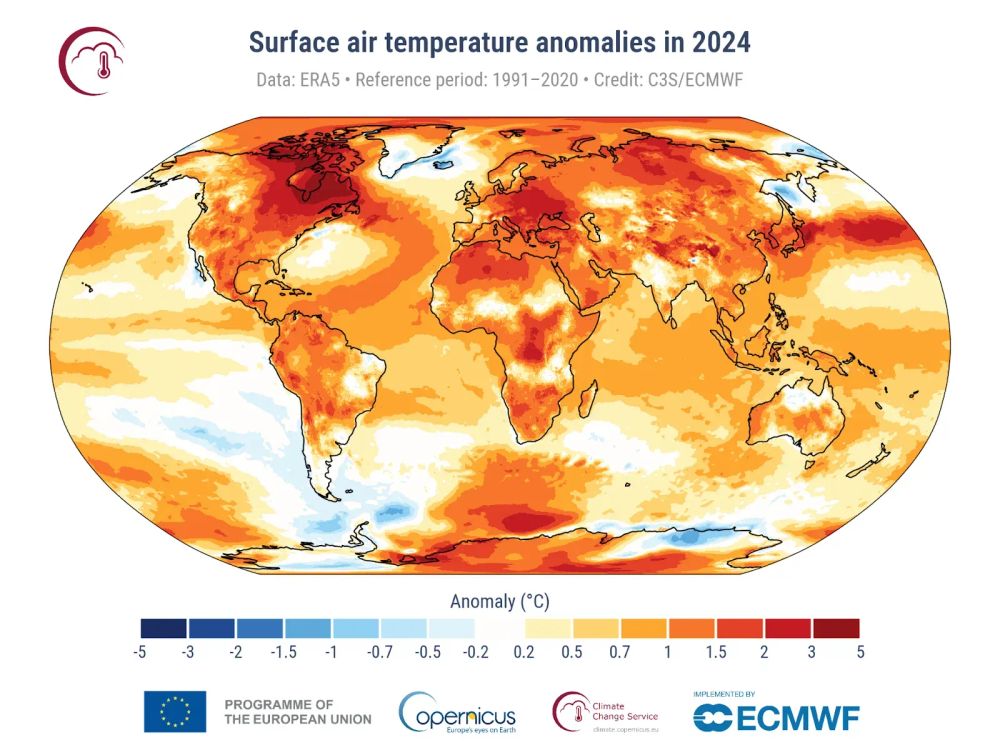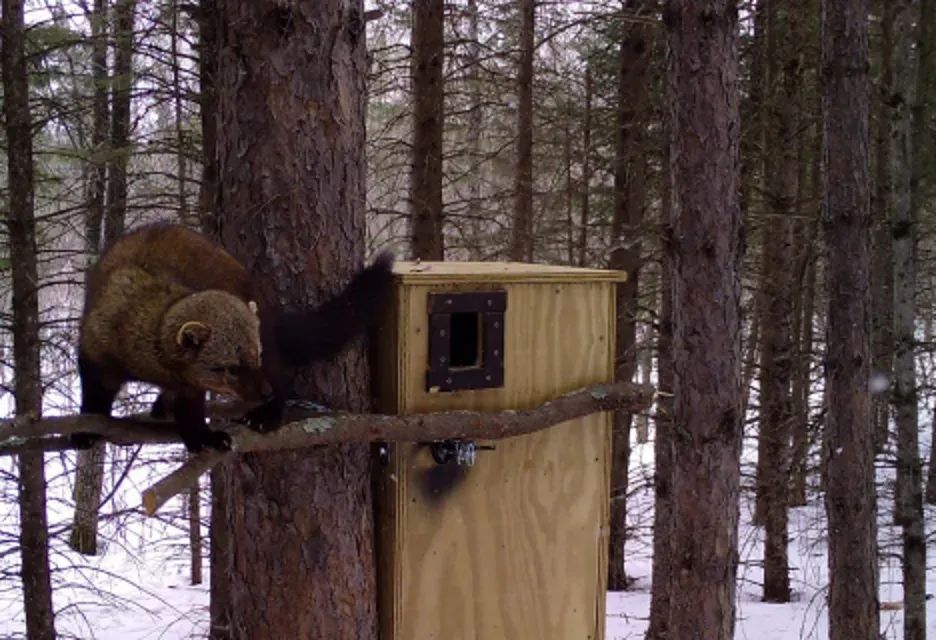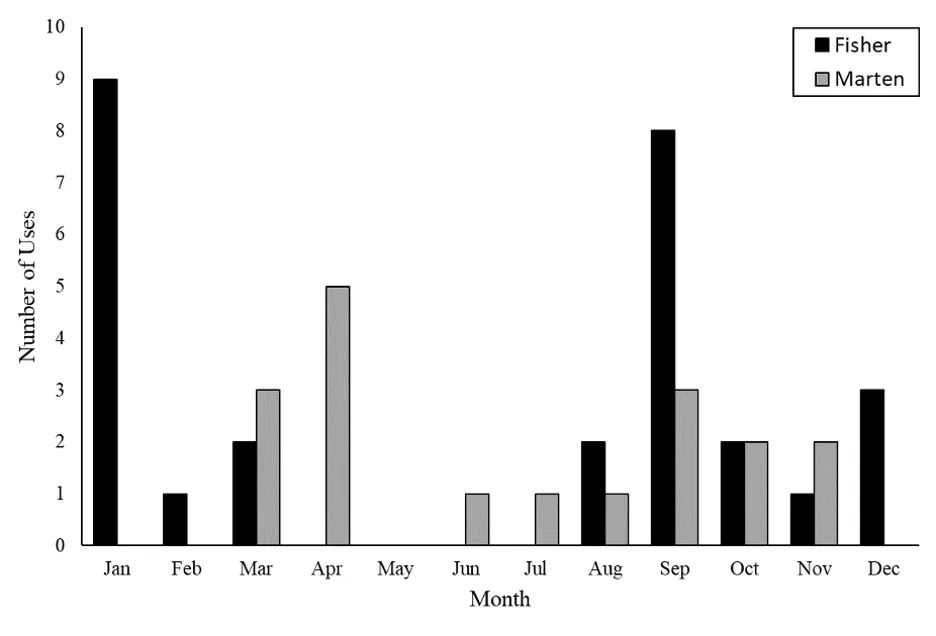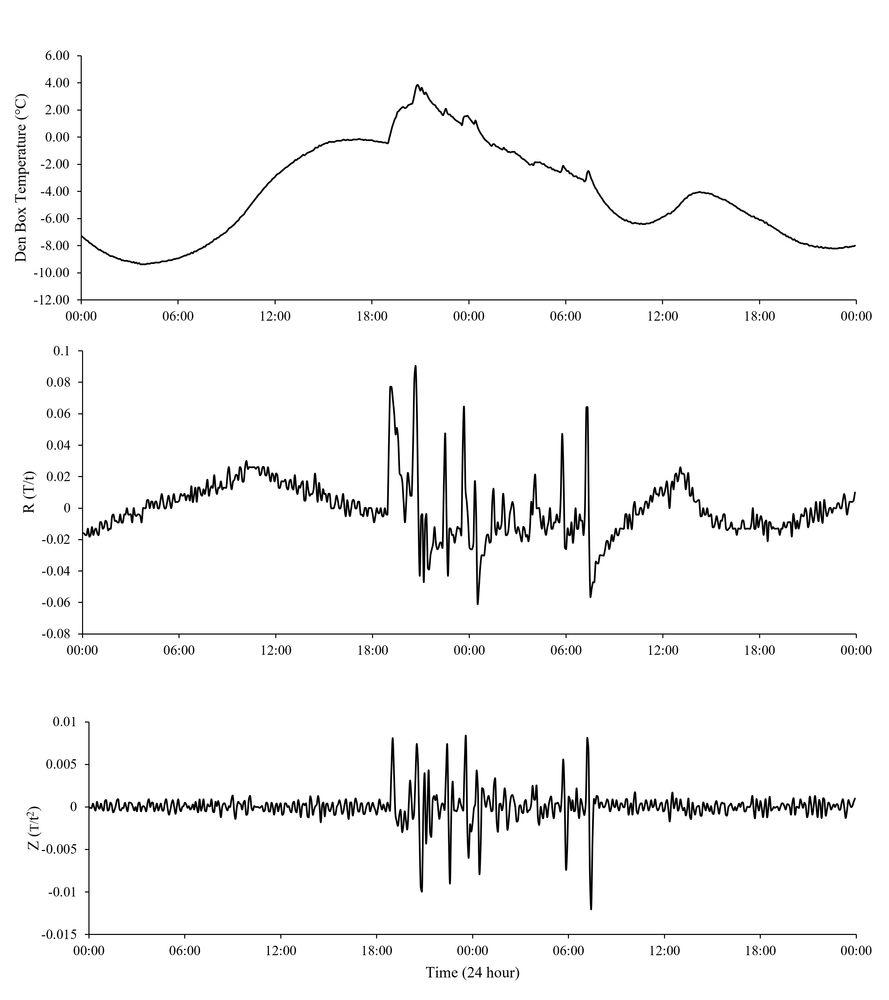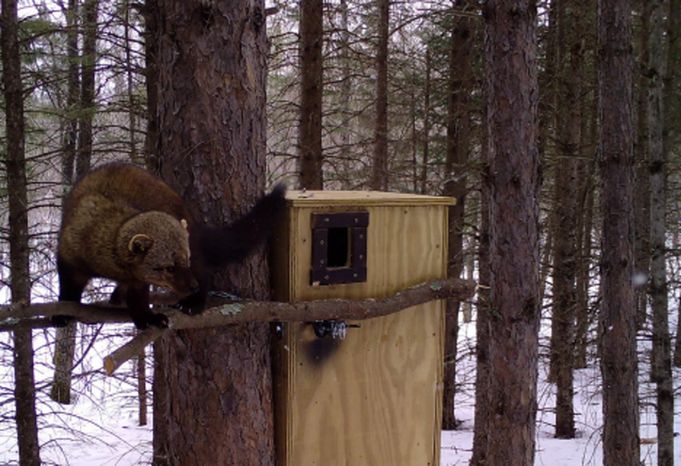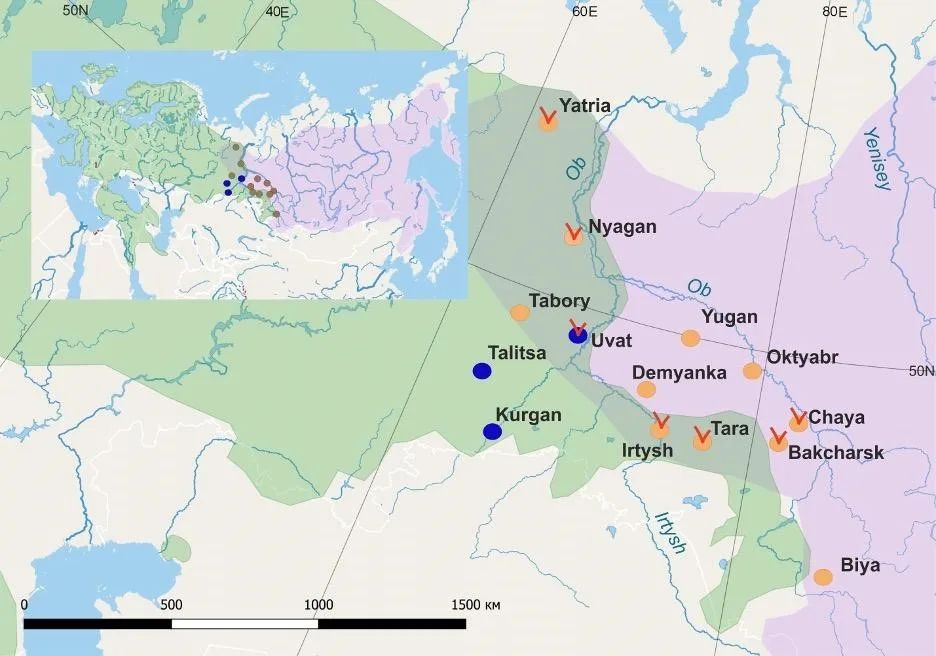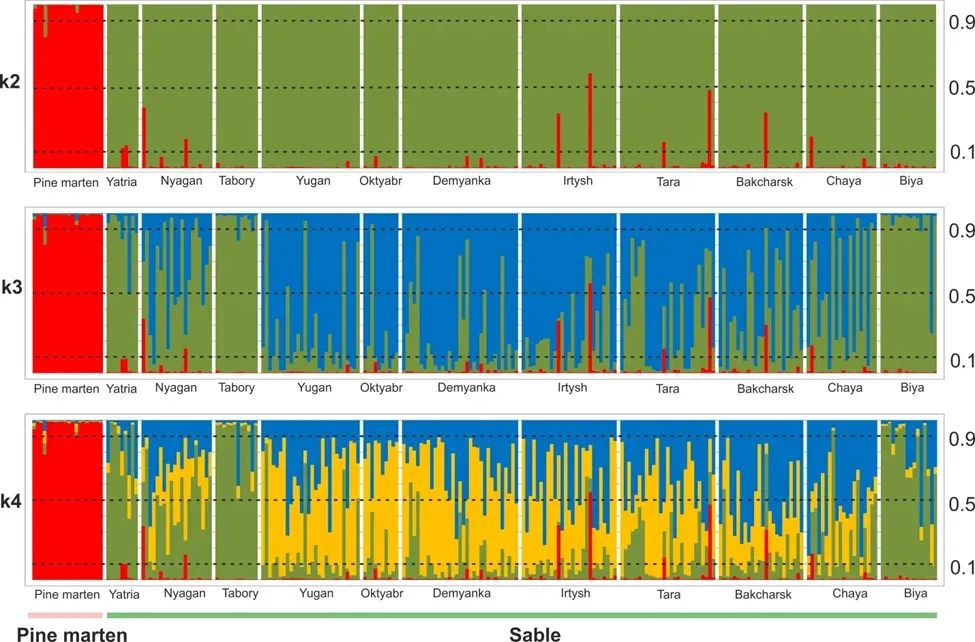Stacks Journal
@stacksjournal.bsky.social
750 followers
5 following
150 posts
A scientific journal designed for ease and ethics. Publishing open-access articles, Special Issues, and entire journals.
Join Us ⬇️
https://www.stacksjournal.org
Posts
Media
Videos
Starter Packs
Pinned
Stacks Journal
@stacksjournal.bsky.social
· Aug 28
Stacks Journal
@stacksjournal.bsky.social
· Aug 28
Stacks Journal
@stacksjournal.bsky.social
· Aug 27
Stacks Journal
@stacksjournal.bsky.social
· Aug 27

Genetic aspects of interspecies hybridization between sable and pine marten based on microsatellite loci data - Stacks Journal
Peer-reviewed research - Genetic aspects of interspecies hybridization between sable and pine marten based on microsatellite loci data
doi.org
Stacks Journal
@stacksjournal.bsky.social
· Aug 22
Reposted by Stacks Journal
Stacks Journal
@stacksjournal.bsky.social
· Aug 19

What is the future for The Martes Complex (Guloninae) in the face of climate change and ecological breakdown? - Stacks Journal
Peer-reviewed research - What is the future for The Martes Complex (Guloninae) in the face of climate change and ecological breakdown?
doi.org
Stacks Journal
@stacksjournal.bsky.social
· Aug 19
Reposted by Stacks Journal
Joey Hinton
@joeyhinton22.bsky.social
· Jul 25
Reconstructing the history and demise of the red wolf in Alabama: Insights from examining historical records and cultural perspectives - Stacks Journal
Peer-reviewed research - Reconstructing the history and demise of the red wolf in Alabama: Insights from examining historical records and cultural perspectives
stacksjournal.org
Stacks Journal
@stacksjournal.bsky.social
· Jul 24
Stacks Journal
@stacksjournal.bsky.social
· Jul 17
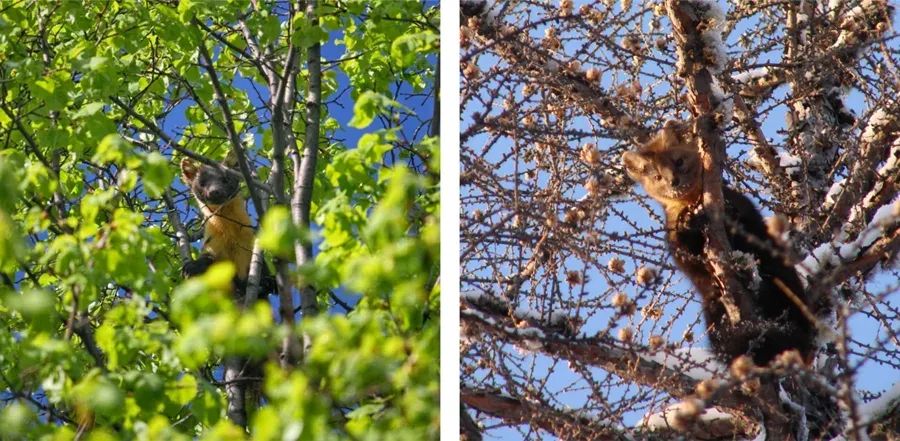
Genetic aspects of interspecies hybridization between sable and pine marten based on microsatellite loci data - Stacks Journal
Peer-reviewed research - Genetic aspects of interspecies hybridization between sable and pine marten based on microsatellite loci data
doi.org
Stacks Journal
@stacksjournal.bsky.social
· Jul 17

